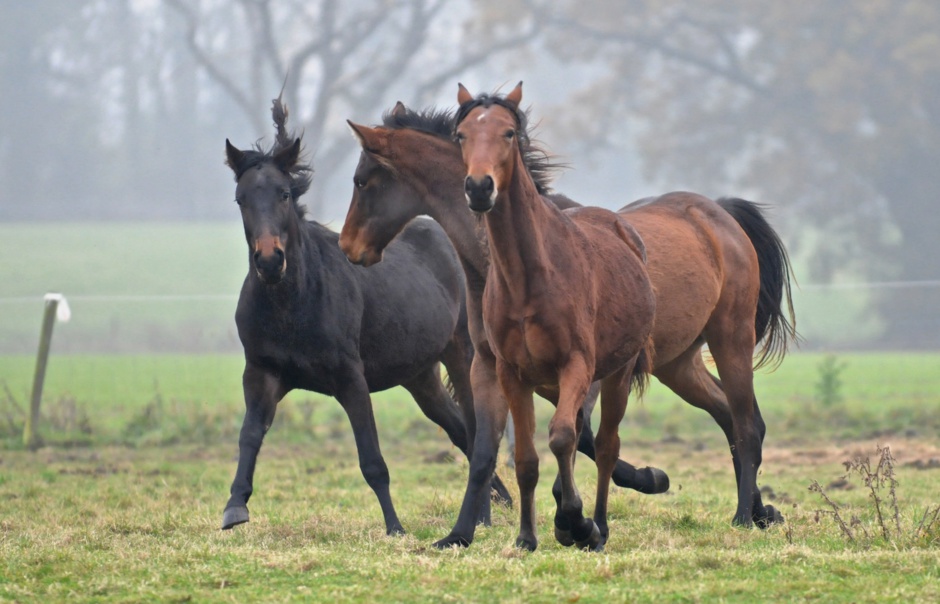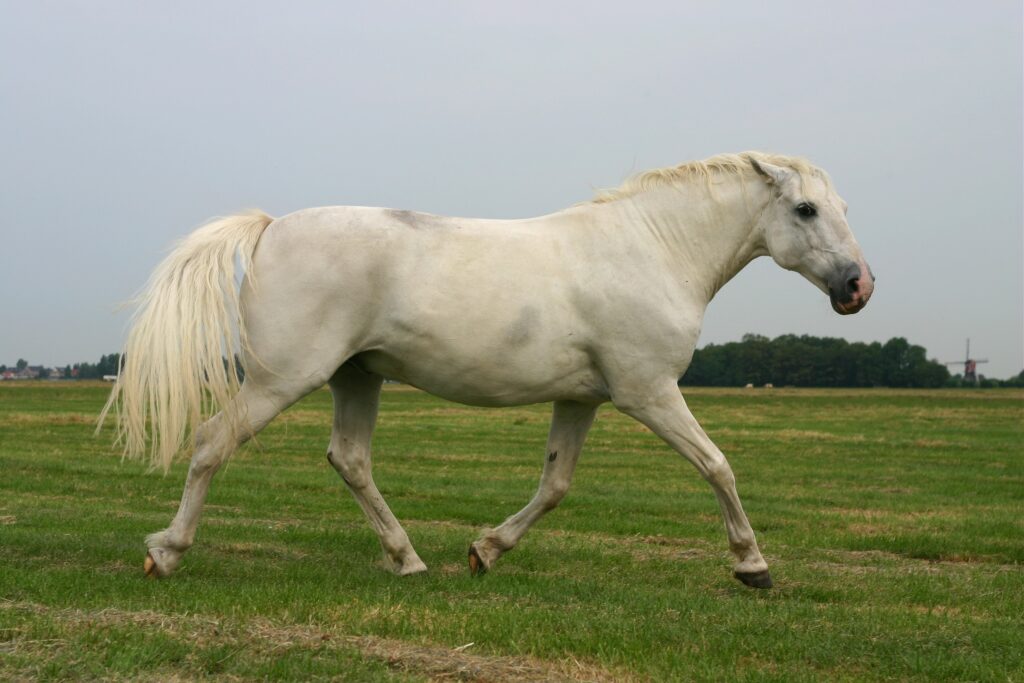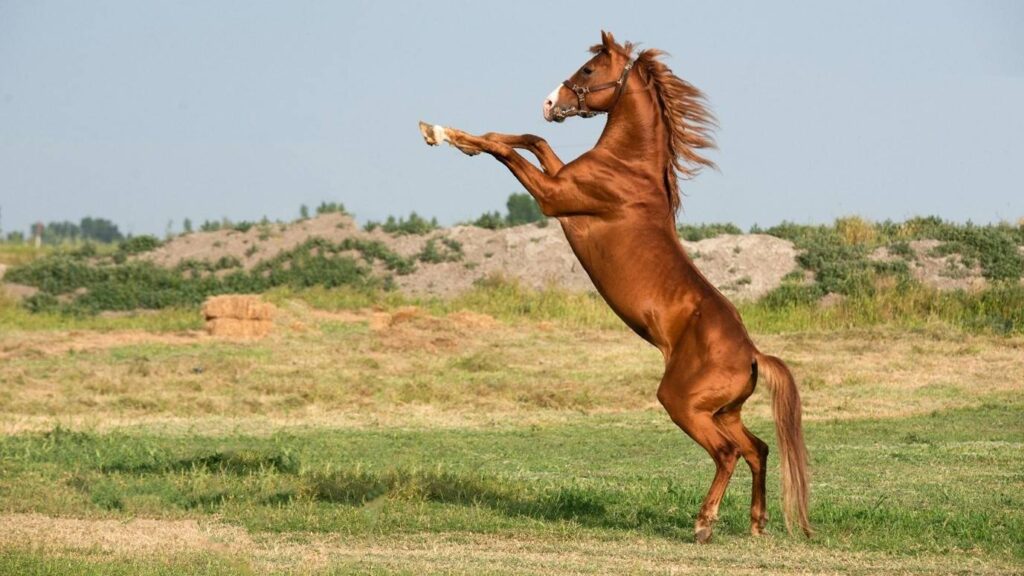When it comes to horse strength training, many enthusiasts find themselves eager to understand the best methods to enhance their horse’s power and endurance. This article will guide you through the essentials of strengthening your horse, ensuring it becomes a well-rounded athlete. As we delve into the world of equine fitness, the importance of structured training programs cannot be overstated.

Understanding Horse Strength Training
Before embarking on a horse strength training regime, it’s crucial to grasp the fundamentals. This process involves exercises specifically designed to increase muscle strength, stamina, and overall fitness levels. A well-structured program is vital for achieving the best results, ensuring your horse remains healthy and injury-free.
Why is Strength Training Important for Horses?
Strength training is essential for horses as it helps improve their ability to perform various tasks, whether in competitions or daily activities. A strong horse is less prone to injuries and can recover more quickly from intense physical exertion. Additionally, building muscle strength can enhance a horse’s agility and balance, making it more versatile in different disciplines.
Components of a Successful Training Program
A successful horse strength training program should include a variety of components, each tailored to meet the specific needs of your horse. These components may include:
- Cardiovascular exercises to boost endurance
- Strength-building exercises focusing on different muscle groups
- Flexibility training to improve range of motion
- Proper nutrition to support muscle growth and recovery
Cardiovascular Exercises
Cardiovascular exercises are crucial for building endurance and overall fitness. Activities such as trotting, cantering, and galloping help increase heart rate and improve lung capacity. These exercises should be incorporated into your horse’s training routine to enhance stamina and cardiovascular health.
Strength-Building Exercises
Strength-building exercises focus on developing specific muscle groups, ensuring your horse becomes more powerful and agile. Some effective exercises include:
- Hill work to strengthen hindquarters
- Pole work to enhance coordination and balance
- Resistance training using weights or bands
These exercises help build muscle mass and increase overall strength, preparing your horse for more demanding tasks.
Flexibility Training
Flexibility is a crucial component of horse strength training, as it helps prevent injuries and improves performance. Stretching exercises, yoga, and pilates can be incorporated into your horse’s routine to enhance flexibility and range of motion. Regular stretching sessions will ensure your horse remains agile and less prone to muscle strains.
Nutritional Considerations
Proper nutrition plays a vital role in supporting horse strength training. A balanced diet rich in proteins, vitamins, and minerals is essential for muscle growth and recovery. Consulting with an equine nutritionist can help you create a diet plan tailored to your horse’s specific needs, ensuring it receives the necessary nutrients for optimal performance.
Monitoring Progress
Regularly monitoring your horse’s progress is crucial for a successful horse strength training program. Keeping track of improvements in strength, stamina, and flexibility will help you adjust the training routine as needed. Regular check-ups with a veterinarian can also ensure your horse remains healthy and injury-free.
Common Mistakes in Horse Strength Training
Avoiding common mistakes is essential to ensure the success of your horse’s training program. Some pitfalls to avoid include:
- Overtraining, which can lead to injuries
- Neglecting rest and recovery
- Failing to tailor the program to your horse’s specific needs
By avoiding these mistakes, you can ensure your horse’s training program is effective and beneficial.
Building a Relationship with Your Horse
Establishing a strong bond with your horse is crucial for a successful horse strength training program. Trust and communication are essential, as they ensure your horse feels comfortable and motivated during training sessions. Building a positive relationship will enhance your horse’s performance and overall well-being.
The Role of Professionals in Horse Strength Training
Working with professionals, such as trainers and veterinarians, can significantly enhance your horse strength training efforts. Expert guidance ensures your training program is well-rounded and tailored to your horse’s specific needs. Additionally, professionals can identify potential issues and provide solutions to prevent injuries and setbacks.
Incorporating Technology in Training
Modern technology offers numerous tools to enhance horse strength training. Devices such as heart rate monitors and fitness trackers can help you monitor your horse’s progress and make data-driven decisions to improve training efficiency. These tools provide valuable insights into your horse’s performance and overall health.

Conclusion
Horse strength training is essential for developing a powerful, agile, and versatile horse. By incorporating a well-rounded training program, focusing on cardiovascular and strength-building exercises, and ensuring proper nutrition, you can enhance your horse’s performance and overall well-being. Remember to avoid common mistakes and seek professional guidance when needed, ensuring your horse reaches its full potential.
Frequently Asked Questions
Q1: How often should I train my horse? A1: It’s recommended to train your horse 3-5 times a week, allowing for rest and recovery between sessions.
Q2: Can older horses benefit from strength training? A2: Yes, older horses can benefit from tailored strength training programs that consider their age and physical condition.
Q3: What should I do if my horse shows signs of fatigue? A3: If your horse shows signs of fatigue, allow for rest and consult with a veterinarian to ensure there are no underlying health issues.
For additional insights on training your horse effectively, visit this guide. For more tips on horse training, check out stubborn horses and discipline training.
This article contains affiliate links. We may earn a commission at no extra cost to you.







